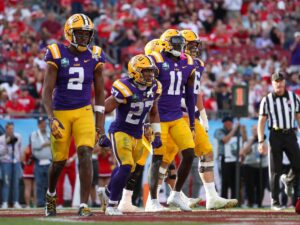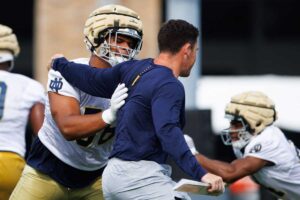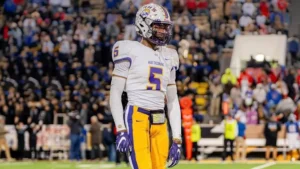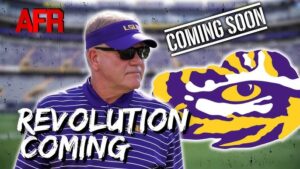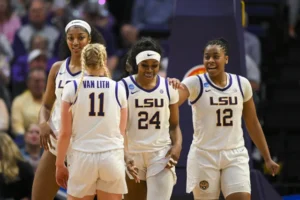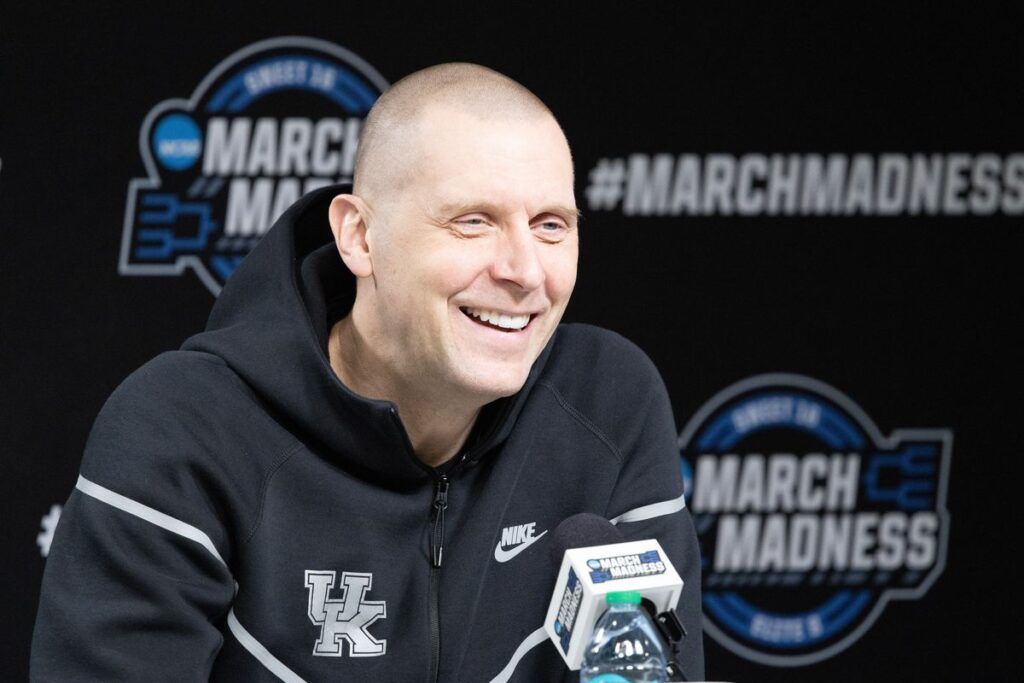
Kentucky Wildcats: Leading the NIL Spending in College Basketball?
The landscape of college athletics has undergone a seismic shift with the advent of Name, Image, and Likeness (NIL) opportunities 1 for student-athletes. What was once a strictly amateur realm has now embraced a system where athletes can monetize their personal brands through endorsements, appearances, and other ventures. While the full ramifications of this change are still unfolding, one aspect that has garnered significant attention is the role of NIL in recruiting and team building, particularly in high-profile sports like college basketball. Recent reports and discussions have placed the University of Kentucky men’s basketball program at the center of this evolving narrative, suggesting that the Wildcats may be among the biggest spenders in the NIL space within the realm of collegiate hoops.
Kentucky’s storied basketball tradition, coupled with its passionate fanbase and national prominence, has always made it a recruiting powerhouse. Under the leadership of various legendary coaches, the Wildcats have consistently attracted top-tier talent, sending numerous players to the NBA and capturing multiple national championships. However, the NIL era has introduced a new dynamic to the recruiting process. Beyond athletic facilities, coaching staff, and program history, the potential for significant financial earnings through NIL deals has become a crucial factor in the decisions of highly sought-after recruits.
Whispers and reports circulating within the college basketball community suggest that Kentucky has been aggressive in facilitating lucrative NIL opportunities for its players and prospective recruits. While specific figures are often difficult to ascertain due to the decentralized nature of NIL deals, the sheer volume of talent that Kentucky continues to attract, combined with the backing of a wealthy and enthusiastic alumni base, points towards a significant financial commitment to NIL. This commitment is not necessarily about the university directly paying players, which is against NCAA rules, but rather about the collective efforts of booster-backed collectives and individual donors who pool resources to create attractive NIL packages for athletes.
The emergence of NIL collectives has become a significant feature of the college sports landscape. These independent organizations operate with the primary goal of supporting student-athletes through NIL opportunities. They often engage in fundraising activities and work with local businesses and donors to create endorsement deals, appearances, and other revenue-generating activities for athletes affiliated with a particular university. Kentucky is believed to have a well-organized and well-funded network of such collectives, enabling them to offer competitive NIL packages to recruits.
The impact of NIL on recruiting is undeniable. While coaches still emphasize factors like playing time, development, and team culture, the financial incentives offered through NIL deals can often be a deciding factor, especially when multiple programs are vying for the same elite talent. A highly touted recruit may be swayed towards a program where they can secure substantial NIL earnings, potentially setting themselves up for financial security even before they reach the professional ranks.
Kentucky’s continued success in recruiting top-ranked players in the NIL era lends credence to the notion that they are actively leveraging these opportunities. The Wildcats consistently feature among the highest-rated recruiting classes in the nation, securing commitments from numerous McDonald’s All-Americans and future NBA prospects. While the allure of playing for a blue-blood program like Kentucky remains strong, the ability to also earn significant NIL income undoubtedly enhances their recruiting appeal.
It’s important to note that Kentucky is not alone in its pursuit of NIL dominance. Many other prominent basketball programs are also actively engaging in the NIL marketplace, establishing their own collectives and working to provide attractive financial opportunities for their athletes. Programs like Duke, North Carolina, Kansas, and others with national profiles and strong alumni support are also believed to be significant players in the NIL space. However, the sheer scale and intensity of Kentucky’s recruiting efforts, combined with the anecdotal evidence of substantial NIL deals being offered, suggest that they may be operating at the higher end of the spending spectrum.
The lack of transparency surrounding NIL deals makes it challenging to definitively rank programs based on their spending. The financial terms of these agreements are often private, and there is no central reporting mechanism for NIL earnings. However, through media reports, recruiting insiders, and anecdotal evidence, a picture begins to emerge of which programs are prioritizing and investing heavily in NIL to gain a competitive advantage.
The implications of this increased spending on NIL are multifaceted. On one hand, it provides student-athletes with the opportunity to finally benefit financially from their talent and hard work, something that was long overdue. It allows them to capitalize on their personal brands and potentially secure their financial futures. On the other hand, it raises concerns about competitive balance within college sports. Programs with wealthier alumni bases and more robust NIL collectives may have a significant advantage in recruiting over those with fewer resources. This could lead to a widening gap between the “haves” and the “have-nots” in college basketball, potentially diminishing the parity and competitiveness of the sport.
Furthermore, the focus on NIL earnings could potentially overshadow other important aspects of the college experience, such as academics, player development, and team chemistry. While financial considerations are undoubtedly important, the primary goal of a student-athlete should still be to obtain a quality education and develop their skills to the best of their ability. An overemphasis on NIL could potentially distort these priorities.
The NCAA has attempted to provide some guidance and regulations regarding NIL, but the landscape remains largely unregulated and constantly evolving. There are ongoing discussions about the need for more standardized rules and greater transparency to ensure a level playing field and prevent potential abuses of the system. The debate over whether NIL constitutes “pay-for-play” and its potential impact on the amateur status of college athletes continues to be a central theme in these discussions.
For Kentucky, the apparent investment in NIL reflects a commitment to maintaining its position as one of the elite programs in college basketball in this new era. The program understands that to continue attracting the highest level of talent, it must be competitive not only on the court but also in the NIL marketplace. This approach carries both opportunities and risks. The opportunity lies in securing top recruits and building a championship-caliber team. The risk lies in the potential for escalating costs, the complexities of managing NIL deals, and the potential for negative perceptions if the focus on NIL is perceived to outweigh other important aspects of the program.
In conclusion, while concrete data on NIL spending remains elusive, the available information and anecdotal evidence strongly suggest that the University of Kentucky men’s basketball program is likely among the biggest spenders in the NIL space. Their consistent success in recruiting top talent in the NIL era, combined with the backing of a passionate and wealthy fanbase, points towards a significant financial commitment to facilitating lucrative NIL opportunities for their players. As the NIL landscape continues to evolve, Kentucky’s approach will be closely watched by other programs and stakeholders across college basketball, as they navigate this new and transformative era in collegiate athletics. The long-term impact of this spending on the program’s success and the broader competitive balance of the sport remains to be seen, but for now, Kentucky appears to be embracing NIL as a key component of its strategy to remain at the pinnacle of college basketball.
